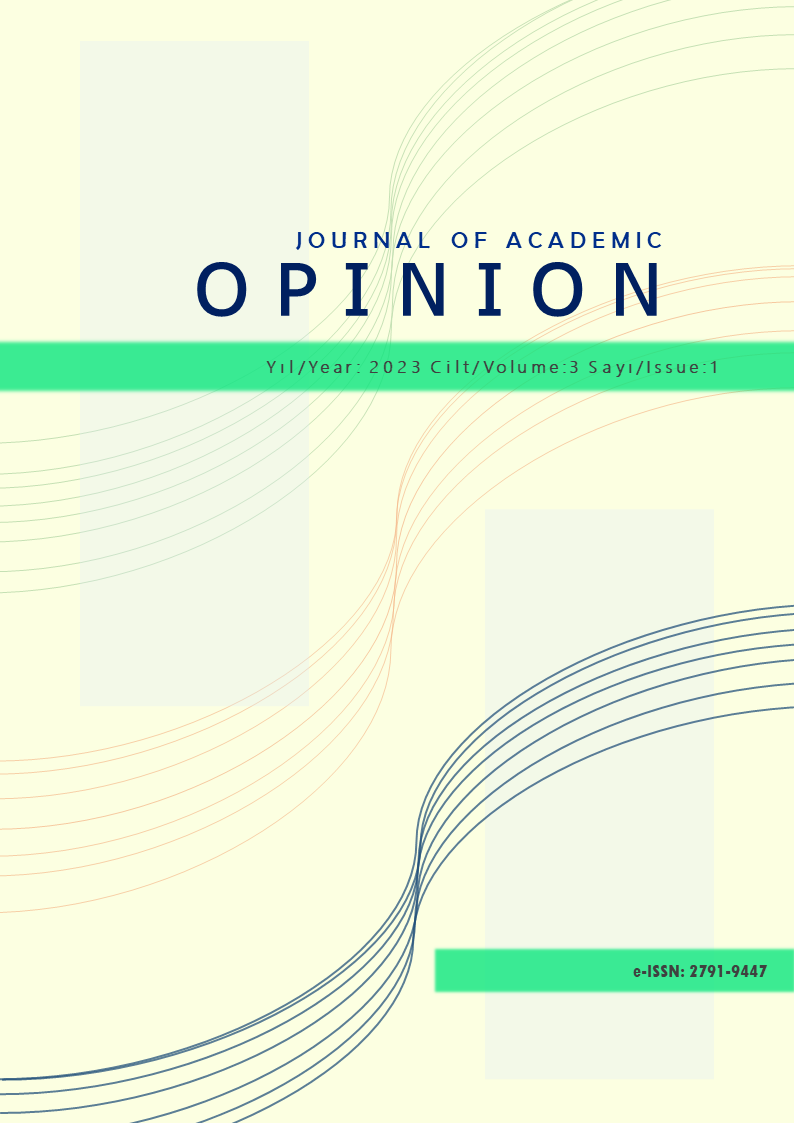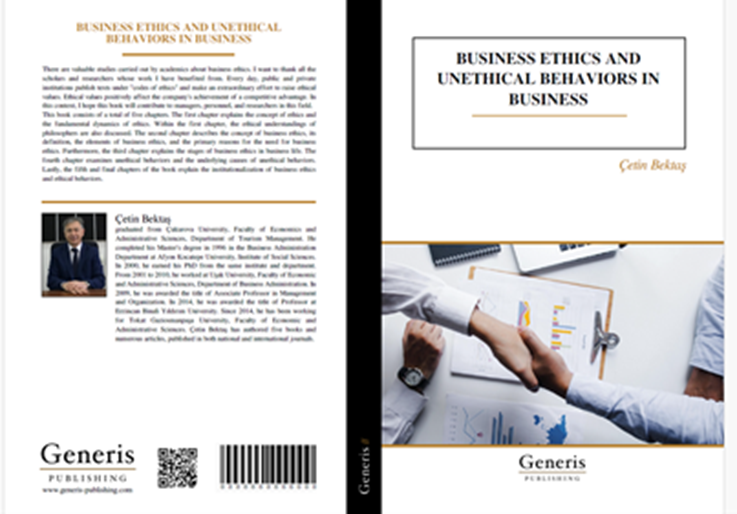Analysis of the Relationship between Exchange Rate and Economic Policy Uncertainty Index by Fourier Approach: The Case of BRIC Countries
DOI:
https://doi.org/10.5281/zenodo.8079089Keywords:
Exchange Rate, Economic Policy Uncertainty, BRIC Countries, Fourier ApproachesAbstract
Economic uncertainties create changes in many areas from production to consumption, from savings to investment, from national policies to international regulations and make themselves felt immediately. The clarity and decisiveness of economic policies have a direct impact on financial markets. As a matter of fact, the increase in global uncertainties raises the risk premiums of fragile countries and shapes the spending and savings of economic agents. In fact, an increase in economic policy uncertainty directly affects the national currencies of countries, especially trading partners. Considering that exchange rate fluctuations generally reflect the degree of risk, exchange rates become more volatile during periods of increased uncertainty about economic policies. In this respect, understanding the volatility of exchange rates will make it easier for policymakers to control risks and uncertainties and develop policies accordingly. In this study, the effect of economic policy uncertainty index on exchange rate volatility for BRIC countries is investigated using monthly data for the period 1997:1-2022:8. The economic policy uncertainty index used in the study is compiled from the Economic Policy Uncertainty Index (EPU Index). Empirical analyses are conducted using Fourier-based time series analysis techniques. In this context, first of all, the unit root properties of the series were investigated with the Fourier ADF unit root test developed by Enders and Lee (2012). The cointegration relationship between the series was examined through the Fourier Shin cointegration test developed by Tsong et al (2016). For the estimation of long-term cointegration coefficients, DOLS, FMOLS and CCR estimators including Fourier functions were used. The findings show that there is a long-run cointegration relationship between the exchange rate and economic policy uncertainty in the countries studied. When we look at the cointegration coefficients, economic policy uncertainty affects the exchange rate positively in Brazil and Russia, but negatively in China. In India, the economic policy uncertainty coefficient was found to be statistically insignificant.
References
Baker, S. R., Bloom, N. & Davis, S. J. (2016). Measuring economic policy uncertainty. The Quarterly Journal of Economics, 131, 1593-1636.
Bartsch, Z. (2019). Economic Policy Uncertainty and Dollar-Pound Exchange Rate Return Volatility. Journal of International Money and Finance, 98, 102067.
Balcilar, M., Gupta, R., Kyei, C. & Wohar, M. E. (2016). Does Economic Policy Uncertainty Predict Exchange Rate Returns and Volatility? Evidence from a Nonparametc Causality in Quantiles Test. Open Economies Review, 27(2), 229–250.
Braun, M., & B. Larrain (2005). Finance and the Business Cycle: International Inter‐Industry Evidence, Journal of Finance, 60(3), 1097–128.
Chen, L., Du, Z., & Hu, Z. (2020). Impact of Economic Policy Uncertainty on Exchange Rate Volatility of China. Finance Research Letters, 32, 101266.
Chortareas, G., Jiang, Y. & Nankervis, J. C. (2011). The random-walk behavior of the euro exchange rate. Finance Research Letters. 8 (3), 158–162.
Colombo, V. (2013). Economic policy uncertainty in the US: Does it matter for the Euro area?, Economics Letters, 121(1), 39-42.
Dai, Y., Zhang, J. W., Yu, X. Z. & Li, X. (2017). Causality between economic policy uncertainty and exchange rate in China with considering quantile differences. Theoretical and Applied Economics, 24(3), 29-38.
Enders, W. & Lee, J. (2012). The flexible Fourier form and Dickey–Fuller type unit root tests. Economics Letters, 117(1), 196-199.
Güney, P. Ö. (2020). Ekonomik Politika Belirsizliği ve Döviz Kuru Oynaklığı. Bankacılar Dergisi, 114, 3-17.
Gürsoy, S. (2021). Küresel Ekonomik Politik Belirsizliğin (GEPU) Döviz Kuru, Enflasyon ve Borsa Etkisi: Türkiye’den Kanıtlar. Journal of Vocational and Social Sciences of Turkey, 3(5), 120-131.
Juhro, S. M. & Phan, D. H. B. (2018). Can Economic Policy Uncertainty Predict Exchange Rate And Its Volatility? Evidence From Asean Countries. Bulletin of Monetary Economics and Banking, 21(2), 251-268.
Kido, Y. (2016). On the Link between the US Economic Policy Uncertainty and Exchange Rates. Economics Letters, 144, 49-52.
Krol, R. (2014). Economic policy uncertainty and exchange rate volatility. International Finance, 17, 241-256.
Sin, C. Y. C. (2015). The Economic Fundamental and Economic Policy Uncertainty of Mainland China and Their Impacts on Taiwan and Hong Kong. International Review of Economics & Finance, 40, 298-311.
Tsong, C. C., Lee, C. F., Tsai, L. J. & Hu, T. C. (2016). The fourier approximation and testing for the null of cointegration. Emprical Economics, 51(3): 1085-1113.

Downloads
Published
How to Cite
Issue
Section
License
Copyright (c) 2023 Journal of Academic Opinion

This work is licensed under a Creative Commons Attribution 4.0 International License.




